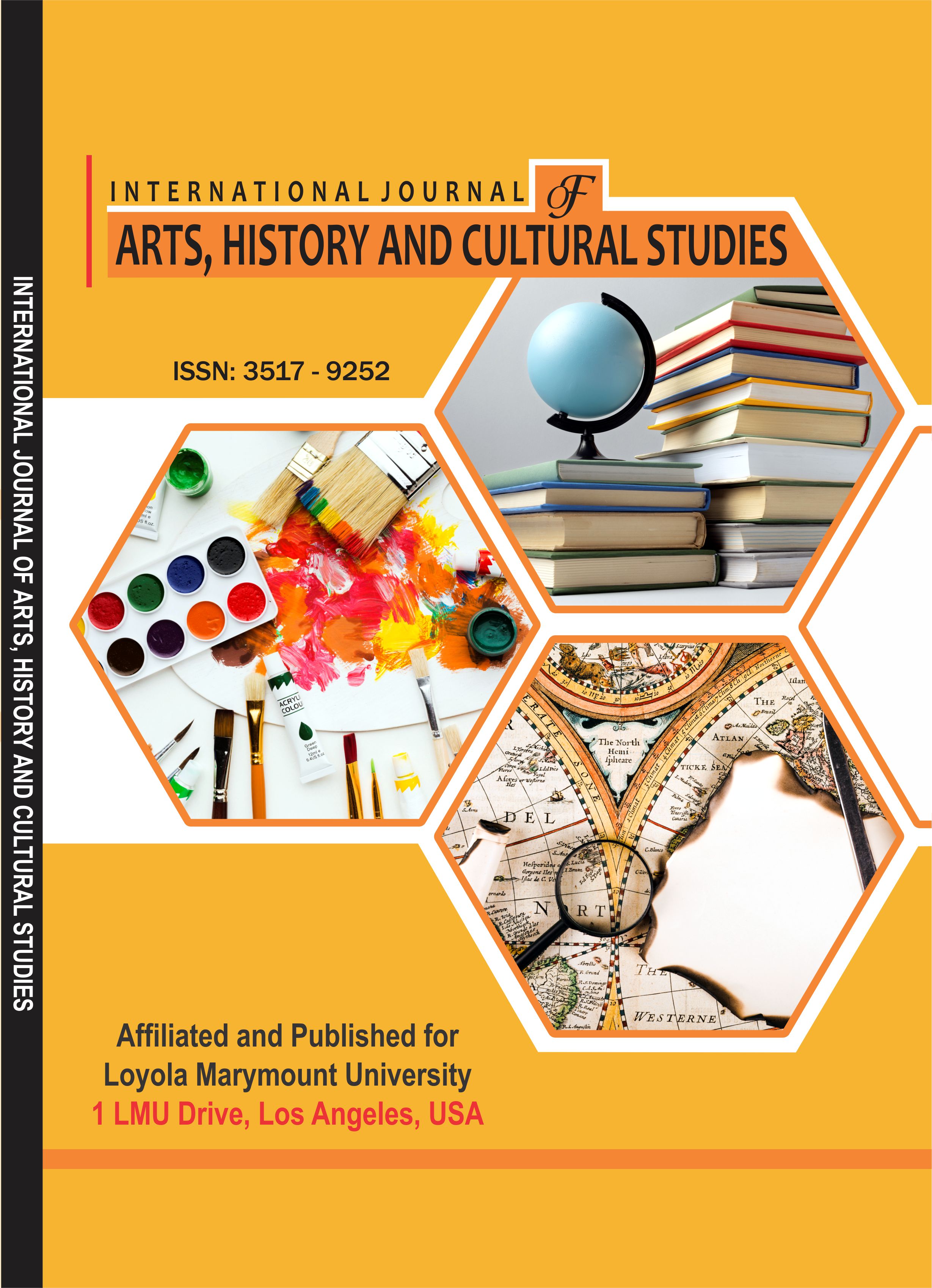INTERNATIONAL JOURNAL OF ARTS, HISTORY AND CULTURAL STUDIES (IJAHCS)
Investigating the Evolution of the Mountain Symbol and Form in Persian Miniature
E-ISSN: 2695-1886
P-ISSN: 3517-9252
DOI: https://iigdpublishers.com/article/737
This article deals with the importance of the evolution of mountains in Iranian painting from the point of view of form and symbol. From the Mongol period and the height of painting to the end of the Safavid period, mountains as a natural element have had different forms and had meanings and symbols. The trend of mountain shapes from the Mongol period to the Qajar period includes the transformation to private. Mountains have undergone changes in terms of concepts, textures, layering of mountains, as well as simple or complex lines, which can be seen with the existing surveys. The results show that the mountain has a special place in most of the paintings for conveying feelings as well as subjects. By covering a large amount of the frame, the mountain conveys its theme in the form of background and coloring and the use of relevant forms.
Nastaran Barazandeh & Mohammadhossein Jafarinaemi
Campbell, J. (2008). The Power of Myth. Fifth edition, Tehran Merkaz.
Ferdowsi, Sh. (1995). Edited by Jules Mel, second edition, Tehran, Attar Publications.
Ghezelayagh, J., Fooladian, A., Khoshmardan, A. A. (2020). Pre-Islamic Painting in India: A Case Study of Painting Styles. International Journal of Applied Arts Studies (IJAPAS) 5(2), 41-60. http://www.ijapas.ir/index.php/ijapas/article/view/301.
Jung, C. G. (2016). Man and His Symbols. 6th edition, Tehran: Jami Publications.
Mittford, M. B. (2008). Symbols and Signs in the World. First edition, Tehran, Kalhor Publications.
